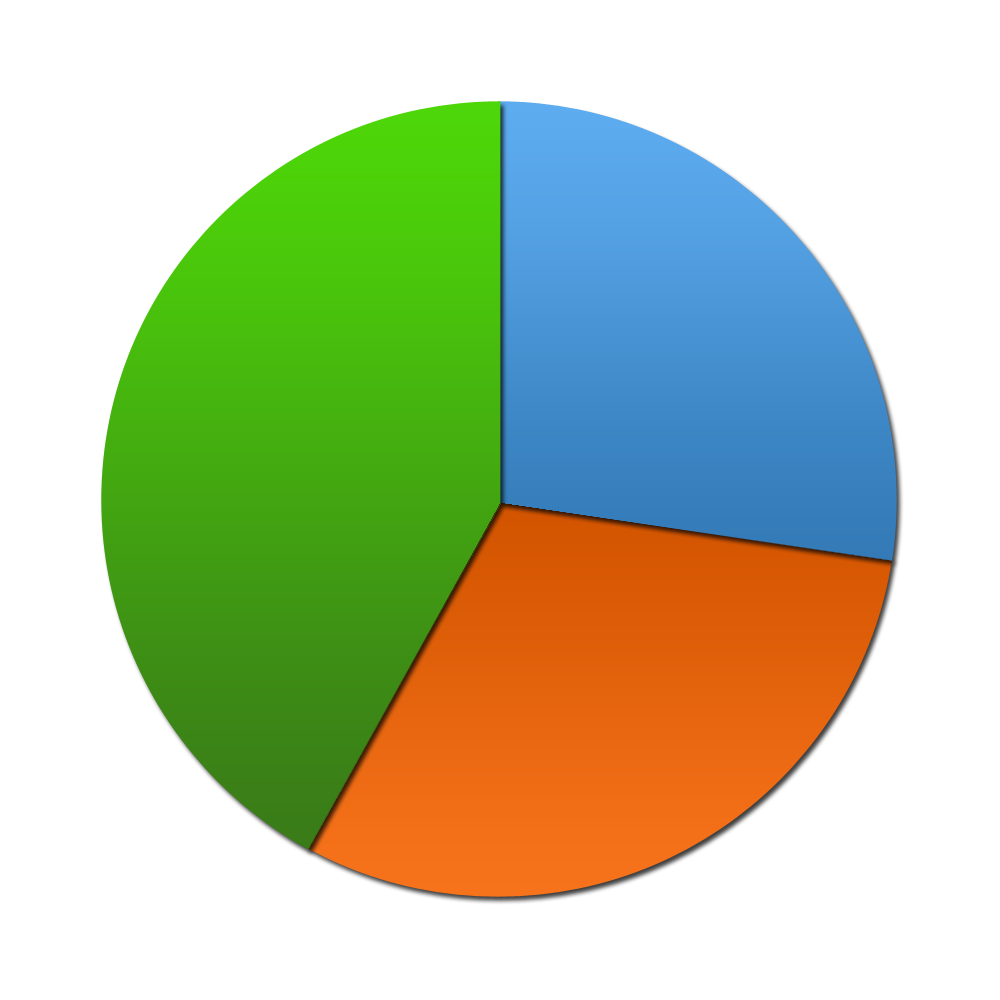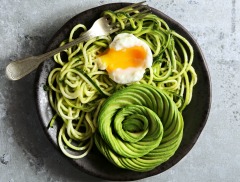Don't just meal plan... meal plan intelligently - with Meal Genius! Sign up for our free newsletter to get delicious recipes, sample meal plans and a whole lot more!
Cabbage
Cabbage isn't mundane...it's magnificient!
As a member of the Cruciferous family of vegetables, cabbage is enjoyed often by the long-living Hunza people.
Cabbage is rich in enzymes, vitamin C, and a host of cancer-fighting nutrients like glucosinolates. If you choose red cabbage, you'll also get a healthy dose of anthocyanins.
If you don't like a cabbage variety, try another. Red cabbage, green cabbage, Napa cabbage, Savoy cabbage, and Bok choy all have unique flavors and can be prepared in many taste-tempting ways.
Estimated Glycemic Load= 1-2Antioxidant Score* (ORAC)=3,145 and 2,252
*Red cabbage cooked ( 3,145) and raw ( 2,252)
The Benefits
- Special diets: Autoimmune Paleo Diet, Elimination Diet, Gluten-Free Diet, Gluten-Free/Dairy-Free Diet, Grain-Free Diet, High Protein Diet, Low Acid Diet, Low Histamine Diet, Low Oxalate Diet, Low Starch Diet, Paleo Diet (Light), Paleo Diet (Strict), Pescetarian Diet, Primal Diet, Vegetarian Diet, Whole Food
- Excellent Source of: VitaminC, VitaminK
- Good Source of:
- Preferences: No Fish, No Red Meat, No Pork, No Eggs, No Shellfish, No Gluten, No Nuts, No Seeds, No Soy, No Dairy, No Poultry, No Corn, No Yeast, No Peanuts, No Molds, No Citrus, No Pseudograins, No Coconut, No Nightshade, No Legumes, No Grains, Low Carbohydrate, Low Cholesterol, Low Fat, Low Sodium, Low Sugars, Low Saturated Fat
Related Foods
Related Nutrients
Selecting and Storing
Look for solid, heavy heads of cabbage, with three or four loose "wrapper" leaves that are clean and flexible but not limp. Cabbage should be free of discolored veins or insect damage and stem should be closely trimmed and fleshy. Choose whole heads-halved or quartered heads of cabbage-when the leaves are cut or torn, the vegetable begins to lose vitamin C.









